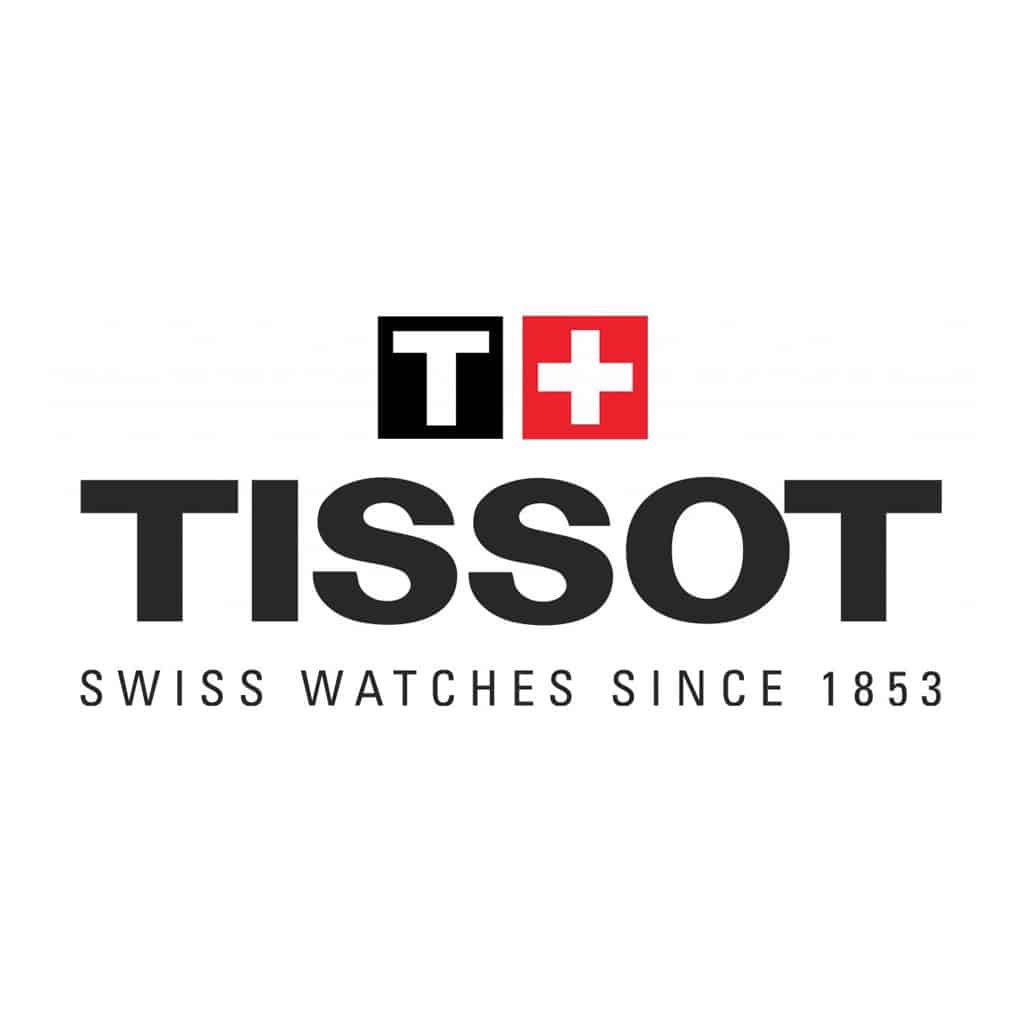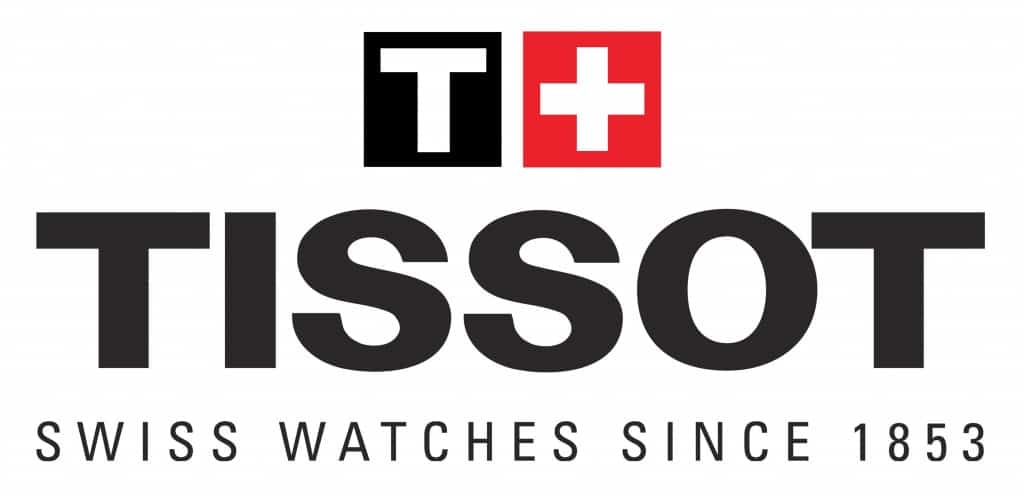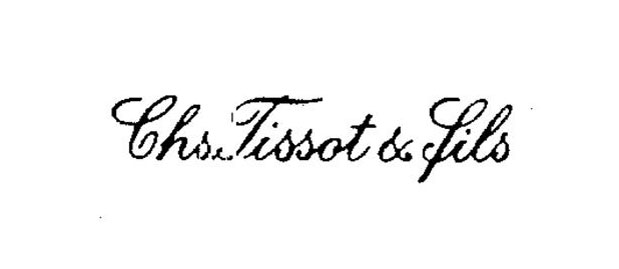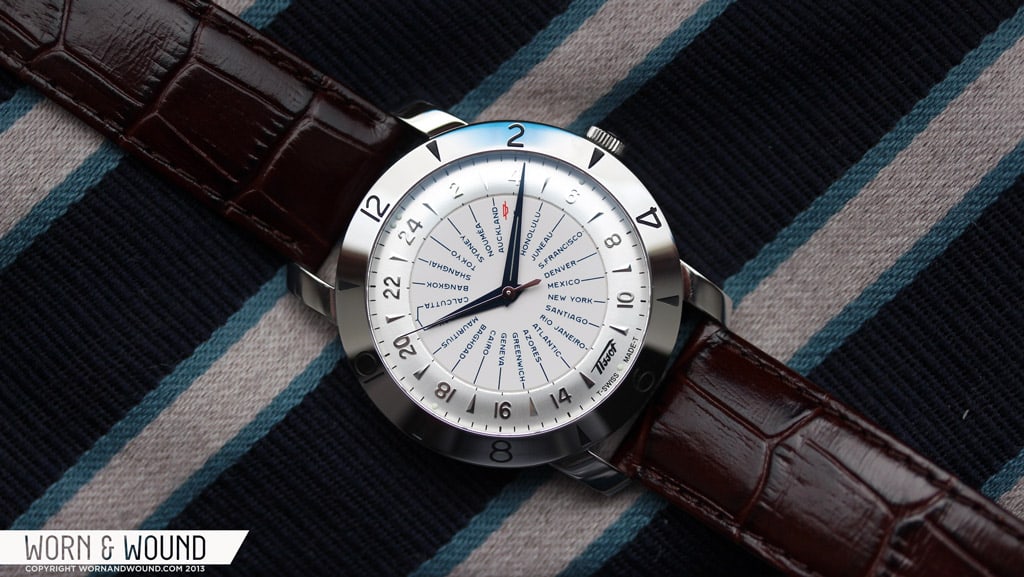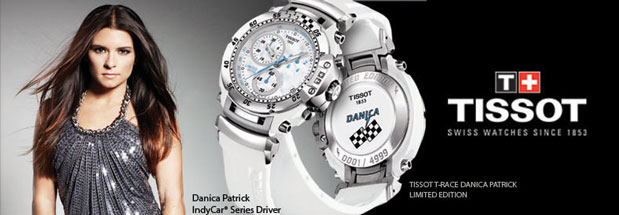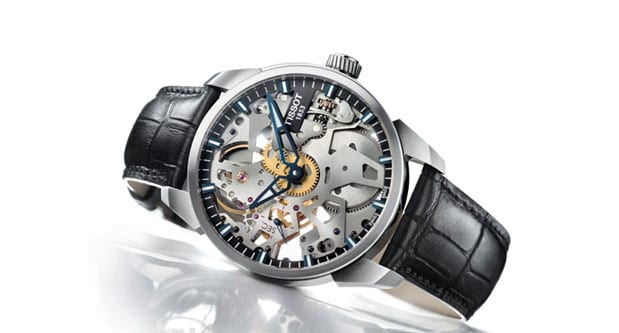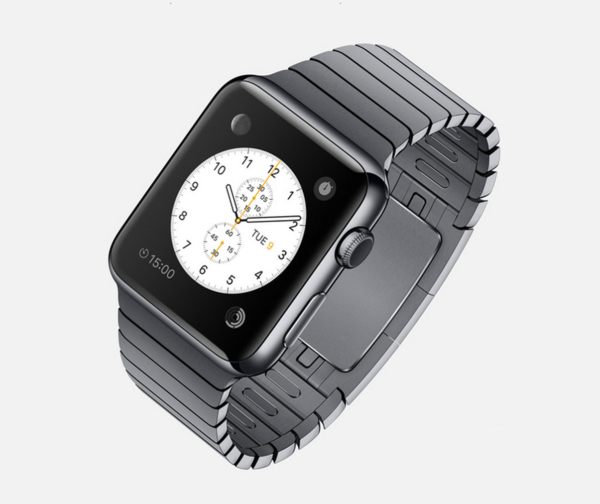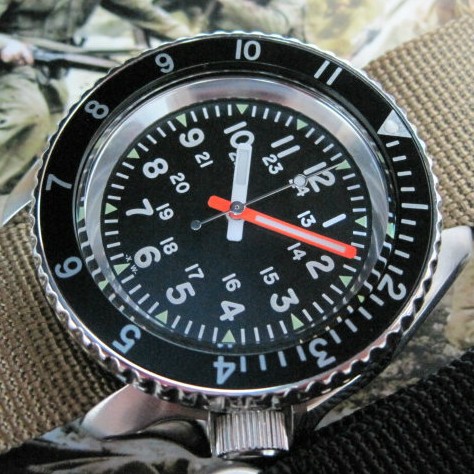What do a 140 year old Russian Czar and Racer Danica Patrick have in common?
These days Tissot is known for its sponsorship of racers like NASCAR’s Danica Patrick, and for its unique, high-tech / high touch (couldn’t resist) T-Touch watches. But the brand has a history as storied as any of its contemporaries, being founded at the half-way point of the 19th Century, selling watches throughout pre-WWI Czarist Russia, and being half of the 1930 merger with Omega which formed the Pre-Swatch Group SSIH.
That merger and its 50+ year aftermath is probably what saved Tissot’s bacon, and enabled it to remain the current and innovative brand we know today.
Early History
Chs Tissot & Fils was founded in Le Locle, in the Jura region of Switzerland in 1853 by the locally born & bred father-son duo of Charles-Félicien Tissot and Charles-Émile Tissot. As with most Swiss watch companies founded in that era, Tissot began life as a comptoir, an assembler of parts procured from individual makers in the region. In that first year, the company delivered between 1100 and 1200 watches to the region around Le Locle.
By 1858, the younger Tissot, Charles-Émile, was off to Russia, and with the blessing of the Czar, was selling Tissot brand pocket watches all across the Empire. Between 1860 and 1875, Tissot produced spare parts and watchmaking tools, among other small items, as well as finished watches.
Also notable, throughout the period of the late 1800s, Tissot was the recipient of numerous awards and prizes in several industrial exhibitions. Among the prizes taken were the Diploma of Honour in Zurich in 1888, the Grand Prix and Gold Metal in Antwerp in 1890, the Grand Prix in Paris in 1900, and First prize for Chronometers and for Marine Chronometers in the Neuchâtel Observatory Competition in 1907.
Charles-Émile’s son Charles was firmly established in Russia by the late 1880s. His son Paul was born in 1890, and daughter Marie in 1897. Paul and Marie were both to become instrumental in the running of Tissot, Paul handling general business affairs with his father, and Marie doing the day to day running of the company.
In 1918, Tissot reorganized their ébauche workshops, taking it from a fabrique to a manufacture. It was making the ébauches for its movements in its own factory and began to mass-produce them.
Times Change, Names Change
As ownership of the company changed, being passed from father to son (and behind the scenes, daughter), the name changed as well. In 1865, the company became Charles- Émile Tissot & Fils. In 1917, the name changed again, to Chs. Tissot & Fils – SA.
1930 and the newly minted partnership with Omega saw Tissot under the banner of SSIH, and in 1976, the name Tissot Marché Suisse SA appeared. Ultimately, in 1982, Tissot was doing business under the formal name of Tissot SA.
The following year, SSIH merged with ASUAG to become SMH (Société de Microélectronique et d’Horlogerie), and came under the direction of Nicolas Hayek.
Merger with Omega and the Genesis of the Swatch Group
In 1925, Tissot entered into a commercial partnership agreement with Louis and Gustave Brandt, directors of Omega in Bienne. This is the original partnership that let to the 1930 creation of the Société Suisse pour l’Industrie Horlogère (SSIH).
In 1930, to stave off the effects of the economic crisis of 1929, Charles and Paul Tissot entered into an agreement with Omega to form SSIH. SSIH in turn, merged with ASUAG (Allgemeine Schweizerische Uhrenindustrie AG ) 53 years later, ultimately becoming the Swatch Group. Thus, Tissot represents a fair chunk of Swiss watch history with respect to the Quartz crisis and Switzerland’s reaction to same. We chronicled the foundation and evolution of the Swatch Group in an article earlier this summer.
Post-War Years
The period between 1945 and 1975 was marked by extreme growth. Company benefits and perquisites were many and frequent. Tissot was a major employer in Le Locle, and retirees still quietly brag about being Tissot pensioners.
The post-merger associations with Omega and other brands such as Lemania as they came under the SSIH umbrella benefitted all concerned. Until, that is, the quartz crisis hit. If one reviews the company website and other historic literature, the company seems to be well aware that it owes its current existence to the various mergers that it’s been a part of. Additionally, much credit is given to the astute management of executives like Nicolas Hayek.
Notable References
In 1853, Tissot introduced its first mass-produced pocket watch. They released the first pocket watch with two time zones the same year.
Tissot delivered a watch to Czar Nicholas II in 1904.
 The Tissot “Banana” watch, an elongated curving tank with graduated art deco numerals on the dial, was released in 1916. Popular in Russia at the time, an example was returned to the factory for service. With the overthrow of the czar and associated events of 1917, it became illegal to ship anything to Russia. Thus, that particular watch still resides in the factory in Le Locle. The modern Tissot Heritage Prince is an homage to the piece, and is also extremely popular in modern-day Russia.
The Tissot “Banana” watch, an elongated curving tank with graduated art deco numerals on the dial, was released in 1916. Popular in Russia at the time, an example was returned to the factory for service. With the overthrow of the czar and associated events of 1917, it became illegal to ship anything to Russia. Thus, that particular watch still resides in the factory in Le Locle. The modern Tissot Heritage Prince is an homage to the piece, and is also extremely popular in modern-day Russia.
The Tissot Porto with a tonneau shaped case was released in 1919. The Porto’s styling foreshadowed the Art Deco era of jewelry and accessories.
The Tissot Antimagnétique was the world’s first antimagnetic watch. Tissot released the revolutionary watch in 1930.
Tissot released the first mass-produced watch to feature 24 time zones, the Tissot Navigator, in 1953.
 The Tissot Astrolon, also known as the IDEA 2001, was the world’s first plastic mechanical watch. It was released in 1971.
The Tissot Astrolon, also known as the IDEA 2001, was the world’s first plastic mechanical watch. It was released in 1971.
In 1985 and 1986, Tissot produced two of its most iconic watches. The RockWatch was made of Granite from the Alps, and appeared first. A year later Tissot followed the RockWatch with the Two Timer, the first watch to feature both analog and digital time displays. Both displays were activated by a single crown.
In the late 1980s, Tissot stuck to a bit of a theme. Following the release of the RockWatch, they released the Pearl Watch in 1987, and followed with the Wood Watch in 1988.
Sports Timing and Sponsorship
Tissot began sponsoring racing cars in 1974. In fact, the Tissot logo is visible on cars in the recent Ron Howard movie, Rush, which chronicled the Formula 1 racing lives of James Hunt and Nikki Lauda as events unfolded in the late 1970s.
In the 1990s, the brand stepped up its sports activities, beginning with the world championships in cycling and ice hockey. Now several major sports have been officially timed by Tissot.
The International Fencing Federation, the International Basketball Federation, the FIM Superbike Championship, NASCAR, MotoGP, the Ice Hockey World Championship, and the International Cycling Union all count Tissot as the Official Timekeeper for their events. Now, in September 2014, they are the Official Timekeeper of the 17th Asian Games.
Tissot’s highest profile with the general public here in the US may well be because of brand ambassador Danica Patrick. Indeed, their roster of brand ambassadors is heavy with racers, honoring Tissot’s beginnings in the world of sports sponsorship. MotoGP racers Nicky Hayden, Thomas Lüthi, Stephan Bradl, and Bradley Smith represent the brand. Basketball and hockey are represented as well, with Tony Parker and Steven Stamkos.
Actors Huan Xiaoming and Deepika Padukone round out the brand ambassador club, just so Tissot doesn’t give the appearance of being a one trick pony.
Other Notable Accomplishments
In 1999, Tissot released the first T-Touch, a six-function watch with a touch screen and a combination analog-digital display. This is perhaps THE watch for which Tissot is best known to current generations of wrist watch aficionados.
Since 1999, the T-Touch has had several watches added to its line, including the Sailing-Touch, Sea-Touch, and T-Touch Expert. We know one T-Touch Expert owner who lives in Colorado and splits his spare time between four-wheeling the sand dunes of northern Colorado and elk hunting outside Rocky Mountain National Park. He relies on his watch to get him out of the back country and home in time for dinner.
The Future
Tissot distributes its watches in more than 160 countries on five continents. Most recently, on August 8, 2014, they opened their first dedicated boutique in New York City.
With the growing T-Touch family, classically innovative pieces like the T-Complication Squelette, and classic understated dress watches like the Le Locle Automatic, the future of Tissot looks to be at least as long and storied as its 161 year past.
References and Links
Tissot: The Story of a Watch Company, Tissot SA, Le Locle, 2002









 Featured Videos
Featured Videos




